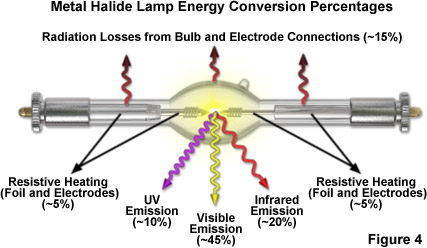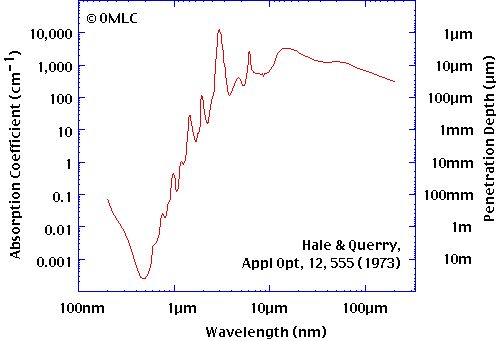Wazzel
New member
T-5 vs MH debate still goes on, it is just not hostile anymore. Same for this MH bulb vs that MH bulb or this T-5 mix vs that T-5 mix. Lighting is such a preference item that trying to prove one is "best" is kind of silly.without doubt a picture tells a thousand words, still I'm yet to see the results from led that T5 and halide have proven time and time again. surely after this many years of led we would be at the set forget stage?
Are there more issues than spectrum and light coverage ? What about heat at the coral surface ? What energy does heat carry to the coral ? T5 and halide emit heat, led almost nothing. We all know there's something missing no matter how hard we try to make led work. It has its place though, morning and night viewing it's great or for colour supplementation. It will be years and many totms before I use it as a main light.
When fixture makers find that missing ingredient, halide and t5 will disappear pretty quick. What 8 years of led and we still have halide and T5 fixtures being the choice for most SPS keepers. if LEDs were the answer this thread would belong gone, then again did T5 vs halide go for 8 years of debating ?



